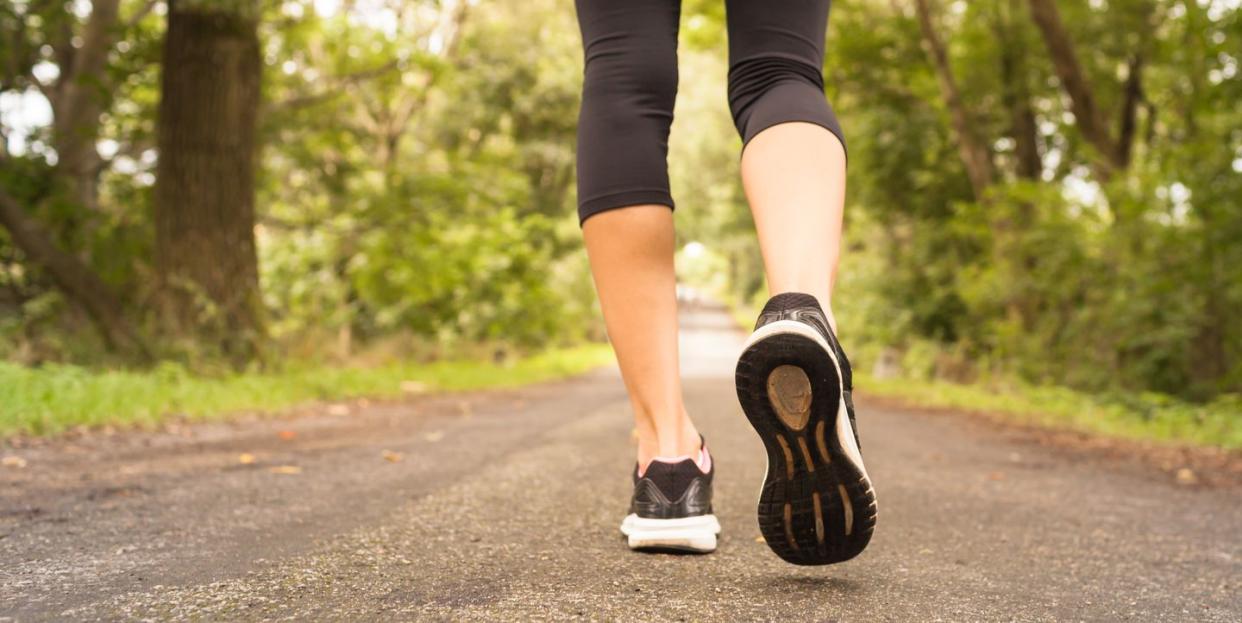Do You Really Need to Take 10,000 Steps Each Day?

You have probably heard the 10,000-step-a-day recommendation for health, but according to new research out of JAMA Internal Medicine, you don’t actually have to hit that number each day to experience the health benefits.
In fact, walking just 4,400 steps per day can decrease your risk of early death from conditions like heart disease and cancer.
The more steps you take, the better, but up to a point-the study found no additional benefits to logging more than 7,500 steps per day.
If you make it your mission to get 10,000 steps in every day, you’re definitely not the only one. For years, we’ve heard about the health benefits that come along with hitting this goal: maintaining a healthy weight, lowering your risk of heart disease and high blood pressure-the list goes on and on.
However, new research suggests that you don’t necessarily have to walk that much each day to reap these benefits. In fact, the number to aim for is much less.
The study, published in JAMA Internal Medicine, included about 18,000 women-who were 72 years old on average-who were asked to wear a fitness tracker on their hips during all their waking hours for seven days. Researchers kept tabs on the participants for about four years afterwards.
Their findings? Those who walked an average of 2,700 steps per day during the week they wore the trackers had the highest risk of death, with about 275 women dying in the four years afterward. Those who walked an average of 4,400 steps per day had a 41 percent lower risk of death.
From there, the more steps the women took, the more their lifespan increased. However, there were no extra benefits from walking more than 7,500 steps per day. Additionally, how fast or slow each woman walked didn’t matter either.
[Find 52 weeks of tips and motivation, with space to fill in your mileage and favorite routes, with the Bicycling Training Journal.]
“The more steps you take, the more physically active you are,” study coauthor I-Min Lee, M.D., professor of epidemiology, at the Harvard T.H. Chan School of Public Health, told Bicycling. “Physical activity has been shown to improve many physiological markers-such as blood pressure, glucose/insulin levels, and inflammation-that increase risk of chronic diseases such as heart disease and cancer, which shorten life.”
The bottom line: On days where you can’t ride or simply don’t feel like it, going for a walk during your lunch break or after work is an easy way to give your physical fitness a boost and lower your risk of early death. And on days where you are able to get on your bike, adding a 20 to 30 minute walk into your schedule if you have the time can’t hurt.
('You Might Also Like',)

